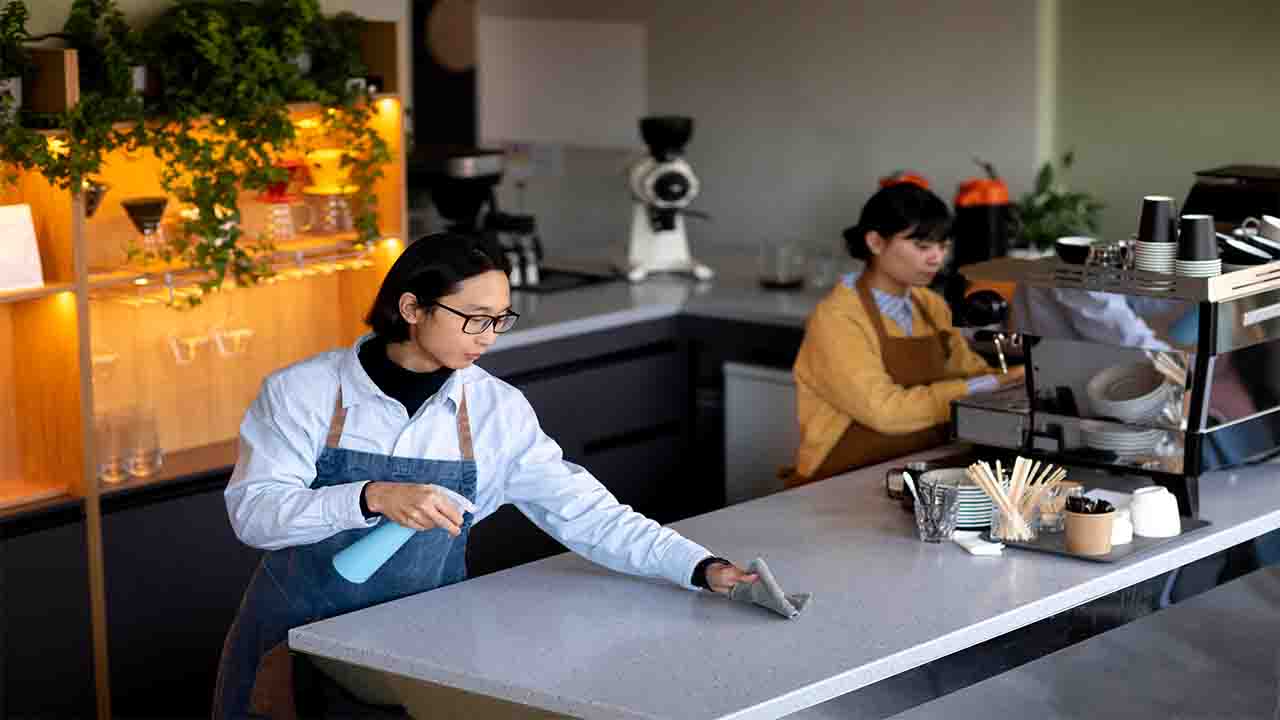Panic around robots winning over the world has been a social issue for nearly a century. There’s even a robot worker in the 1927 cult classic “Metropolis.” But, recently, the notion of a robot labor force has been moving from the realm of science fiction into actual life, and it isn’t relegated to ordering kiosks and grocery store self-checkouts any longer. In January 2023, one Twitter user posted a video of a fully automated Taco Bell drive-thru, in which the whole experience was accomplished without a single human contact. The customer’s order was engaged by AI, and then the completed meal was directed to the customer’s car through an automated chute, not unlike the tubes that send drive-thru bank-goers their cash. Some McDonald’s stores are doing it, too.
Etymologically, the term “robot” itself is derived from the Czech word robota implying “forced labor,” which is hypothetically what fast food service institutions are trying to do with AI. In theory, rather than replacing human labor, robots would be altering the reality of how human jobs are completed on an everyday basis and, preferably, making them a whole lot simpler. Whether ease is going to be the real outcome remains to be perceived, and so far, it appears the opposite is true — and restaurants could be next. Especially in the setting of the national labor shortage, restaurant employees are often obligated to wear multiple hats to compensate for understaffing. According to the U.S. Chamber of Commerce, over 50 million U.S. workforce quit their jobs in 2022 alone, with the highest quit rate falling to the hospitality sector. AI technology could take care of some of the back-office tasks, as was the situation when Panera launched its robotic coffee system last year. Human staff must still rotate the coffee filters and change the grounds, however, the automatic monitoring of the coffee pot and controlling the temperature eases at least one duty for workers and also improves customer experience by uplifting product quality.
Even in these innovative, seemingly robot-run drive-thrus, the human employees are not absent — they’re just concealed, prepping the instructions in the kitchen. Eradicating human contact certainly has its benefits. Ask any business professional and they will gladly tell you that customer service can be the pits. The onslaught of exploitation that restaurant employees have been required to endure at the hands of irritated customers is no secret, extending from daily verbal abuse to intimidations, sexual harassment, or having food thrown at them.
These kinds of abuses are terrible and not to mention far beneath the pay grade of human workers, which is where AI comes in as a kind of front-line cover. But the greater consequences of dehumanizing the restaurant experience may be much deeper.
Jack in the Box has already started executing robot workers that can distribute drinks and function the deep fryers, and at Chipotle, there’s “Chippy,” an AI tortilla-chip-making. At the time of their release, Jack in the Box issued a press release declaring that the AIs would merely aid and support human employees, not substitute them. But, did Chippy take the job of Chipotle’s preceding underpaid chipmakers? It seems hard to imagine otherwise.
Looking forward, the future of AI and human restaurant attendants might be more of a mixture of one extreme or the other. This could be interpreted in the restaurant business in the form of a robot dishwasher, or robotic waiters distributing dishes to the table while professional, human chefs craft attractive meals in the kitchen. Still, while this might make things simpler for some employees, it also points to a new and perhaps disturbing scenario of a dehumanized dining experience. Plus, chefs would not be able to work their way up initiating with grunt work.
Anthony Bourdain famously declared that his primary job as a dishwasher made him fall in love with the trade and changed the path of his life forever. Sure, an AI sommelier might be able to mention highly specific pairings from a data bank of idiosyncratic wine qualities, but whether this appears like a technological stride made in the name of productivity or a Metropolis-esque nightmare remains to be seen.








